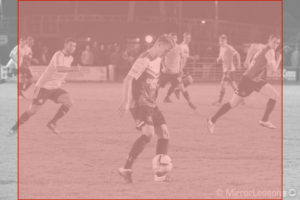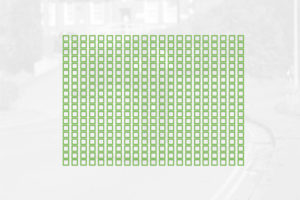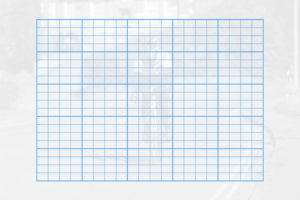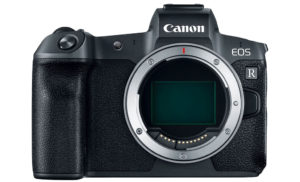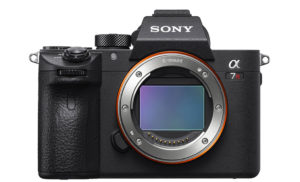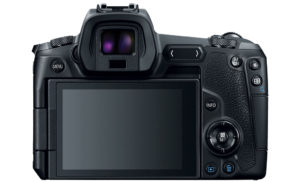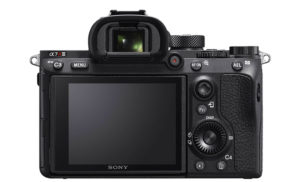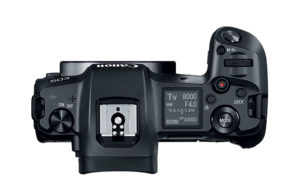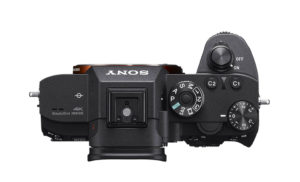The success of the Sony A7 series caused many of us to wonder when Nikon and Canon, two of the biggest players in the digital industry over the last decade, would join the battlefield as direct competitors to Sony. Even though both brands have already released mirrorless systems (the discontinued Nikon 1 series and Canon EF-M), a 35mm sensor solution seemed imminent given the rise in popularity of the full-frame E-mount.
After Nikon and its Z system announcement, Canon lost no time in unveiling the EOS R, bringing the total number of digital full-frame mirrorless systems up to six (including the Leica SL, older Leica M and new Panasonic S).
In the last couple of years we’ve seen a rising trend of users switching to mirrorless systems – including Canon users switching to Sony – for various reasons. So now that Canon’s first serious answer to the A7 series is here, it is only natural to wonder how the two compare. You can read how the EOS R stacks up against the best-selling A7 III, whereas in this article we take a look at another popular model, the A7R III.
Canon EOS R comparison previews:
EOS R vs A7R III – EOS R vs Nikon Z6 – EOS R vs 5D mark IV – EOS R vs EOS M5
Canon EOS R full comparison:
Ethics statement: the following is based on information found on the Canon website and our direct experience with the EOS R and A7R mark III. We were not asked to write anything about these products, nor were we provided with any kind of compensation. Within the article, there are affiliate links. If you buy something after clicking one of these links, we will receive a small commission. To know more about our ethics, you can visit our full disclosure page. Thank you!
1. Image sensor
The EOS R is equipped with a 30.3MP sensor. It is an updated version in comparison to the chip found on the 5D mark IV DSLR with new micro lenses designed for the short flange mount. It comes with an optical low pass filter.
The A7R mark III has more resolution with 42.4 megapixels and doesn’t have any low pass filter so as to maximum sharpness. Furthermore, it comes with backside illumination and an LSI chip to increase the processing speed.
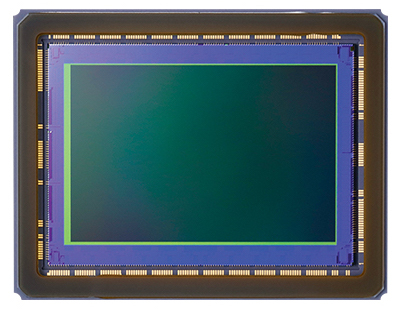
The Canon offers an ISO range that starts at 100 and goes all the way up to 40000. The extended pull/push mode stretches it down to ISO 50 or up to ISO 102400 ISO.
The Sony has a native range of 100-51200 ISO, and an extended range that goes down to ISO 50 and up to ISO 204800.
2. Phase detection AF
Both cameras feature on-sensor phase detection points. Each point uses two small sensors to determine the phase difference so that the camera can apply the right amount of correction to focus on the subject.
One interesting difference for the tech savvy is that on the Canon every effective pixel is composed of two photodiodes rather than one. They are used together for imaging and separately for the phase difference. Canon calls this technology Dual Pixel CMOS AF. On the Sony the phase detection points are only found on a specific pair of pixels that are partially masked. One pixel receives light from the left and the other from the right.
The EOS R comes with an impressive 5,655 focus points which is higher than any other camera on the market. They cover 88% of the width and 100% of the height of the sensor surface.
The A7R III uses 399 phase detection points and 425 contrast detection areas. The phase detection points cover 68% of the sensor.
Canon states that its new mirrorless cameras has the world’s fastest autofocus with a 0.05s locking speed. Sony hasn’t released any information about the precise speed of the A7R III. We do know the minimum sensitivity however, which is -3Ev with an f/2 lens. The Canon does better at -4.5Ev (the official rating is -6Ev at f/1.2).
Where the A7 camera has an advantage is with EyeAF which is available in both single and continuous autofocus. On the Canon it only works in S-AF. Face detection is available on both cameras.
The Dual Pixel CMOS AF allows the EOS R to have a few extra features. There is the Dual Pixel Focus Guide, which is an advanced manual focus assist that is very interesting for video as it tells you if you need to shorten or lengthen the focus distance and highlights the reactance in green when correct focus is achieved.
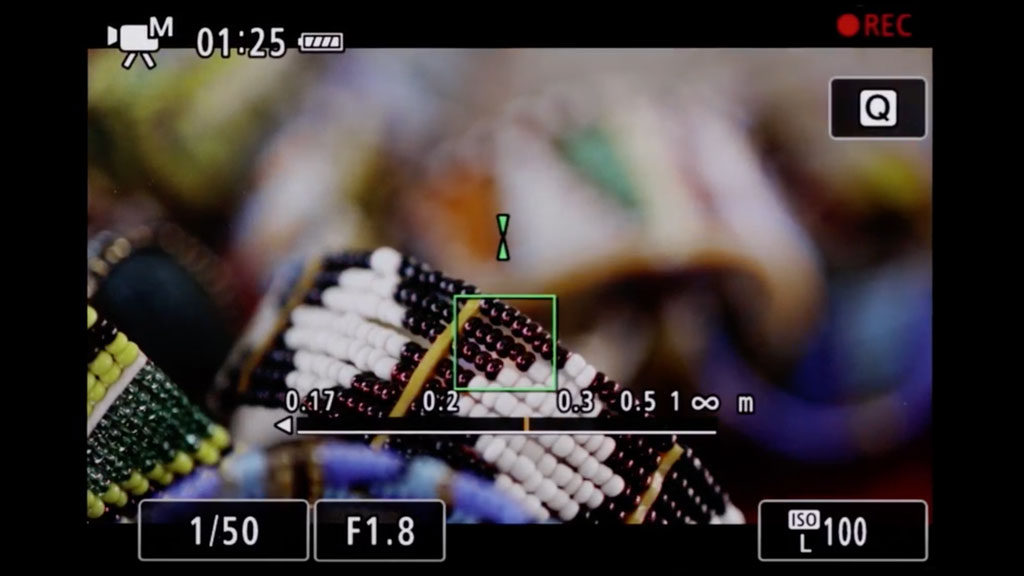
Then we have Dual Pixel RAW which allows you to vary the focus point as well as other aspects (bokeh, flare) in post production. It records a separate DPRAW file which contains phase difference data. With Canon’s proprietary software, you can then adjust focus but keep in mind that there is little leeway for correction, so this feature is mainly useful for fine-tuning your focus point on the eye of a subject for example.
3. Sensor stabilisation
In-body stabilisation has become a popular feature on many mirrorless cameras (and a few DSLRs) but it hasn’t yet been implemented on a Canon body. Your only option besides using a tripod is to work with lenses that feature optical stabilisation or to buy a separate gimbal for video work. In movie mode, there is an electronic stabiliser option that works with the optical stabilisation of select lenses.
The A7R III comes with 5-axis stabilisation and has a rating of 5.5 stops (CIPA) which is the best of all Sony full-frame cameras. The main advantage in this case is that you can have stabilisation with any kind of lens, including those that lack OS and old manual focus lenses.
When a lens with electronic contacts is mounted (including DSLR lenses with an electronic adapter), 5 axes are used on the sensor or 3 axes if the lens has optical stabilisation. With lenses that lack electronic contacts on the mount, 3 axes can be used.
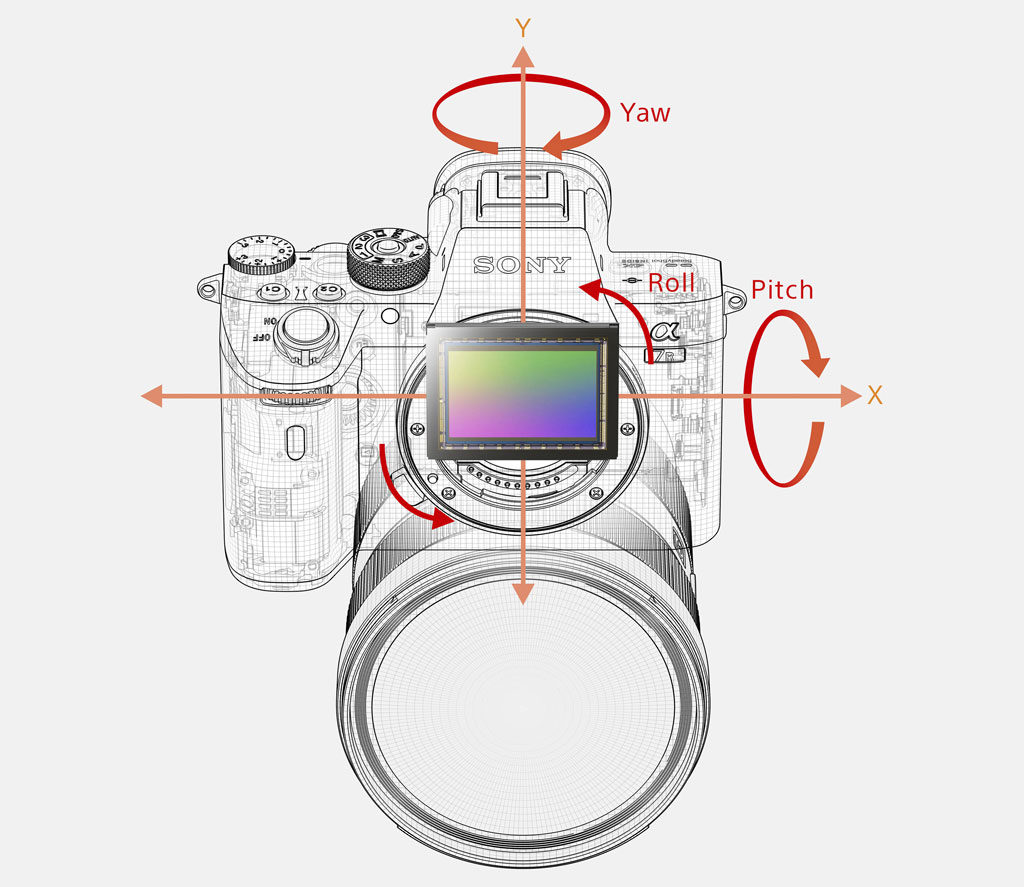
4. Pixel Shift
While the Canon has some special features owing to its phase detection AF system, the A7R III has a special mode of its own called Pixel Shift Multi Shoot that works thanks to its in-body stabilisation.
Once activated, the camera takes four images in a row and moves the sensor by one pixel between each frame. This ensures that each point in your image is captured by one Red, Green and Blue pixel rather than just one of the three. The four images need to be opened with a compatible software (Sony Imaging Edge suite or SonyPixelShift2DNG) where you can merge them to create a final photograph that contains more colour resolution than a normal shot. The resolution of 42MP doesn’t change however. Once the composite is completed, you have a file with a different extension (.ARQ) which can be opened by popular software applications such as Lightroom Classic.

5. Burst rates and buffer
Despite the lower megapixel count, the EOS R doesn’t feature stunning continuous shooting capabilities. It goes up to 8fps which is decent but if you want continuous autofocus, you can’t go faster than 5.5fps. If you want to work with C-AF and Focus Priority (as opposed to Release priority) the speed is even worse at 3fps.
The A7R III has a maximum burst speed of 10fps with no limitations when it comes to AF tracking or priority settings.
Concerning the buffer memory, the EOS R can take 47 RAW files, 78 Compressed RAW files or 100 JPG files in a single burst at 8fps when using an UHS-II card.
The A7R III can record 76 RAW or JPG files which isn’t far off the Canon but we must take into account the faster burst speeds and higher resolution of the Sony model. With uncompressed RAW files it drops to 28 frames. In our tests we found the A7R camera to be very consistent regardless of the file or SD card type.
6. Movie mode
Canon has been a reference in the digital camera industry ever since turning the market on its head with the 5D mark II. However lately it is Sony that is capturing the interest of enthusiasts and filmmakers thanks to the quality of its sensors, the variety of its offerings and the inclusion of many useful settings. Canon on the other hand has been more conservative in releasing advanced video specifications, perhaps to keep the focus on its cinema camera line-up.
That being said, the new EOS R does have some interesting characteristics. It can record Ultra HD video up to 30fps and you can choose two different compression options: IPB or ALL-I. The latter gives you a bitrate of 480Mbps. The A7R III has 4K capabilities up to 30p and uses Sony’s XAVC S codec (IPB type) with a maximum of 100Mbps.
There are important differences concerning pixel readout and the area of the sensor used too.
The Canon offers only one option: when recording 4K, the sensor is cropped by 1.8x which produces a significant change in the field of view. It does this to allow for full pixel readout on the portion of the sensor that it uses, ensuring better quality (but not without a compromise).
The A7R III gives you more options: it can record in full-frame mode (the entire width of the sensor is used) but there is line skipping which results in footage with reduced sharpness and more noise at high ISOs. If you want the best quality with full pixel readout, you need to switch to the Super35/APS-C mode (1.5x crop).
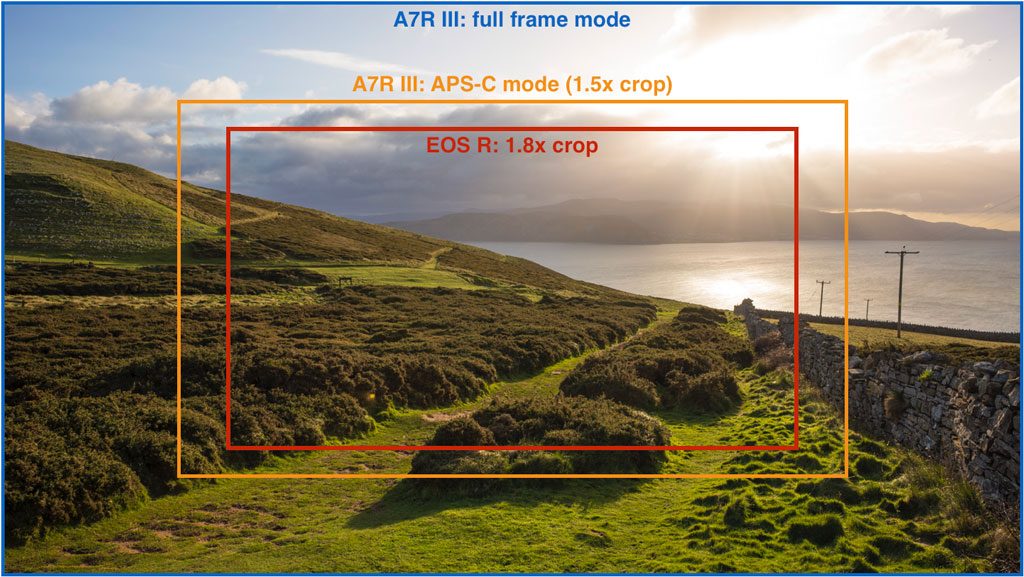
In Full HD, the EOS model can record up to 60fps and 180Mbps (All-I), whereas the Sony can go up to 120fps and 100Mbps (IPB). If you want this frame rate on the Canon, you need to select 720p.
Concerning the ISO range, the EOS R goes up to 102400 but the quality deteriorates considerably from 25600 ISO. The A7R III goes up to 32000.
The EOS R includes the Canon Log profile which is available for internal and external recording. The HDMI port gives you a clean 10-bit 4:2:2 signal which is ideal with external recorders.
The A7R III is packed with lots of customisable Picture Profiles that include two Log gamma profiles (S-Log2 and S-Log3). You will also find various HLG options but the HDMI output is 4:2:2 8-bit.
7. Design
The Canon is larger than the A7R III especially in terms of width (1cm difference). The front grip is larger but the weight is very similar. They are weather-sealed and have a magnesium alloy construction.
- EOS R: 135.8 x 98.3 x 84.4mm, 660g
- A7R III: 126.9 x 95.6 x 73.7mm, 657g
Concerning the ease of use, the EOS R comes with lots of function buttons (14 vs 10 on the A7R III) and two dials that can also be customised. The new RF lenses also feature a control ring to which you can assign a specific setting.
The Sony has an AF Joystick and an exposure compensation dial, whereas the Canon features a Multi Function Touch bar on the rear that can be used with two different gestures (sliding or tapping) to control various settings.
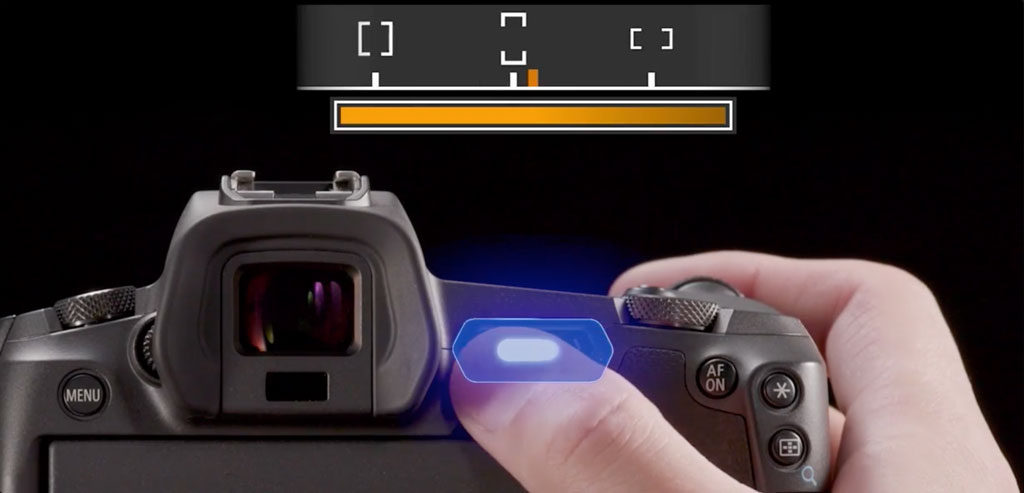
The EOS R comes with one single SD card slot that supports the UHS-II standard. The A7R III has two slots and the first one is UHS-II compliant.
You will find a USB Type C port, HDMI (Type C on the Canon, Type D on the Sony), audio in and out, WiFi and Bluetooth.
The EOS R features a small monochrome monitor on top that shows useful settings just like many DSLRs.
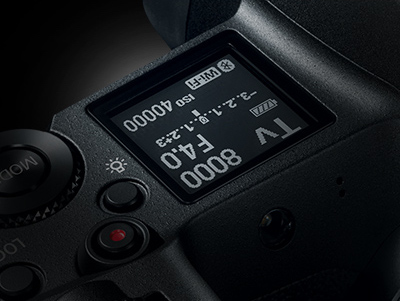
On the rear, both cameras feature an LCD monitor with touch sensitivity. The one on the Canon has more resolution (2.10M vs 0.9M dots), a multi-angle mechanism and more options when it comes to touch capabilities such as moving the focus point and changing settings.
On the A7 III, the LCD can be tilted up or down and the touch screen allows you to move the focus area.
Both cameras feature an electronic viewfinder with 3.69M dots but the one on the Sony has better magnification (0.78x vs 0.76x).
8. Battery life
The Canon camera has an official CIPA rating of 370 shots when using the LCD or 350 frames when using the EVF. You can increase the performance to around 450 or even 560 images with the Power Saving mode and the Eco mode. By comparison, the A7R III can take 530 images (viewfinder) or 650 shots (monitor).
As always, these ratings do not reflect real world usage. In fact, you can usually achieve far more than what these numbers suggest. For example with the A7R III I’ve easily taken more than 2000 frames with some battery power left to spare.
Both cameras accept USB charging and there are optional battery grips available.
9. Lens system
The EOS R is a brand new mirrorless system for Canon (the second after the APS-C EF-M system). This means it uses a different mount and accepts different lenses than the Sony A7R III.
Another difference is that the Sony shares its mount with the APS-C E-mount range, whereas the mount of the EOS R is different from the EF-M cameras. So while Sony E-mount lenses can be used on both full frame and APS-C cameras, the same cannot be said about the two Canon systems because they aren’t cross-compatible.
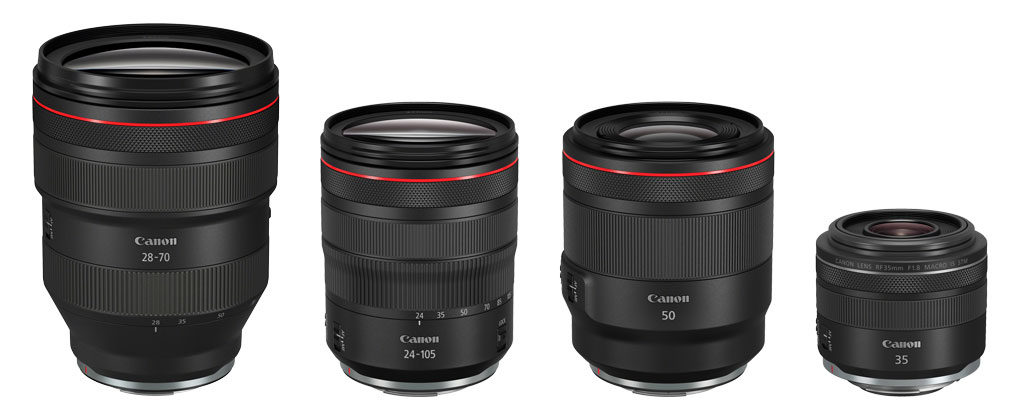
Canon launched the new camera with an interesting selection of lenses. The kit lens is the 24-105mm f4, but there are also three others to choose from: the 28-75mm f/2, 50mm f/1.2 and 35mm f/1.8 IS Macro. It is interesting to see that the brand decided to invest in fast lenses right away (the f/2 zoom is a world’s first), as these kinds of products are usually reserved for a later date.
The Sony full frame E-mount system has been around for more than four years now and there is a vast choice of native lenses. In addition to the ones designed by Sony, you have lots of choice from third-party brands too.
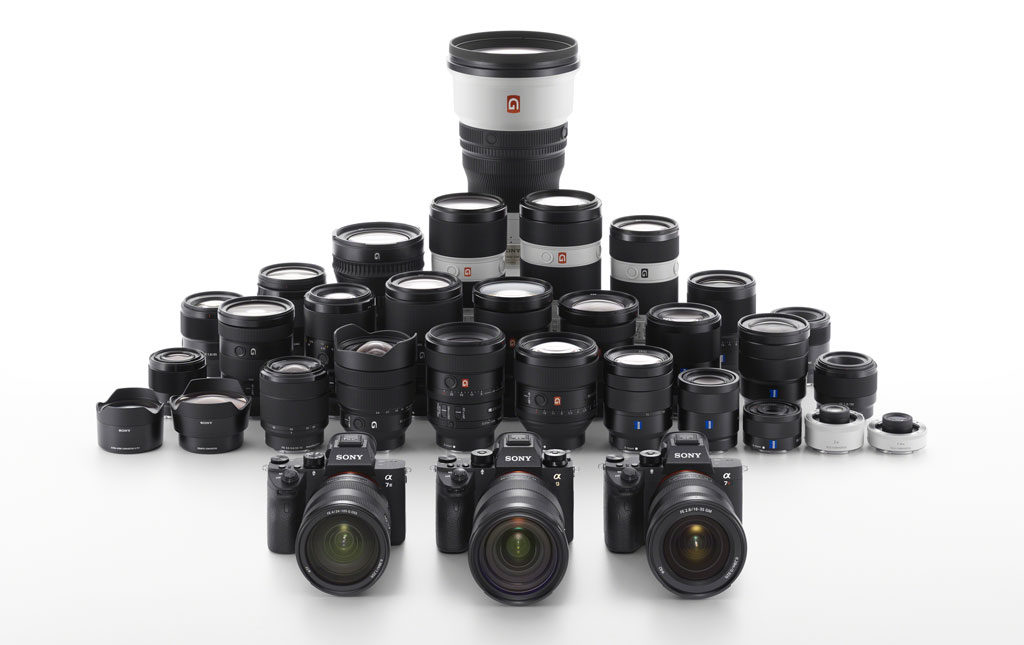
Both cameras allow you to adapt other lenses of course. For now we know that the EOS R is compatible with Canon’s EF lenses since the company has released no fewer than three adapters for it. For Sony, the choice is vast: there are many adapters from various brands and you can adapt almost anything including Canon EF lenses.
10. Price
The EOS R has been launched with a retail price of approximately $2300 / £2350 / €2730.
At the time of publishing this article, the A7R III is more expensive and can be found for around $3000 / £2900 / €3250.
Conclusion
Canon EOS R comparison previews:
EOS R vs A7R III – EOS R vs Nikon Z6 – EOS R vs 5D mark IV – EOS R vs EOS M5
Canon EOS R full comparison:
My early conclusion about these two cameras is similar to those I’ve written in other articles. The EOS R doesn’t offer anything revolutionary. Rather it appears to be a first attempt designed to slow down the rise of the competition. It is also a chance for Canon to show its own users that they now have a serious offering in this segment, with the promise to expand in the future.
Testing the EOS R and comparing it to the A7 III hasn’t changed my view. The ease of use and ergonomics are excellent (except for the single card slot) and the AF has lots of potential but everything else feels inferior to the E-mount series. The A7R III’s 42MP sensor is definitely superior to the 30MP chip of the Canon. For video Sony provides more flexibility, especially if we consider the 1.8x crop the EOS R applies when recording in 4K.
Perhaps – just like the Nikon Z series – the most important point in the new Canon system’s favour is the lenses. Their characteristics are quite unique (the 28-75mm f/2 especially) so I wonder if they will ultimately boost the system’s appeal more than the various technical specifications of the camera.
Regardless of the results we and other reviewers find, we’re happy to see an increase in competition in what is shaping up to be a very exciting year for mirrorless.
Check price of the Canon EOS R on:
Check price of the Sony A7R III on:

